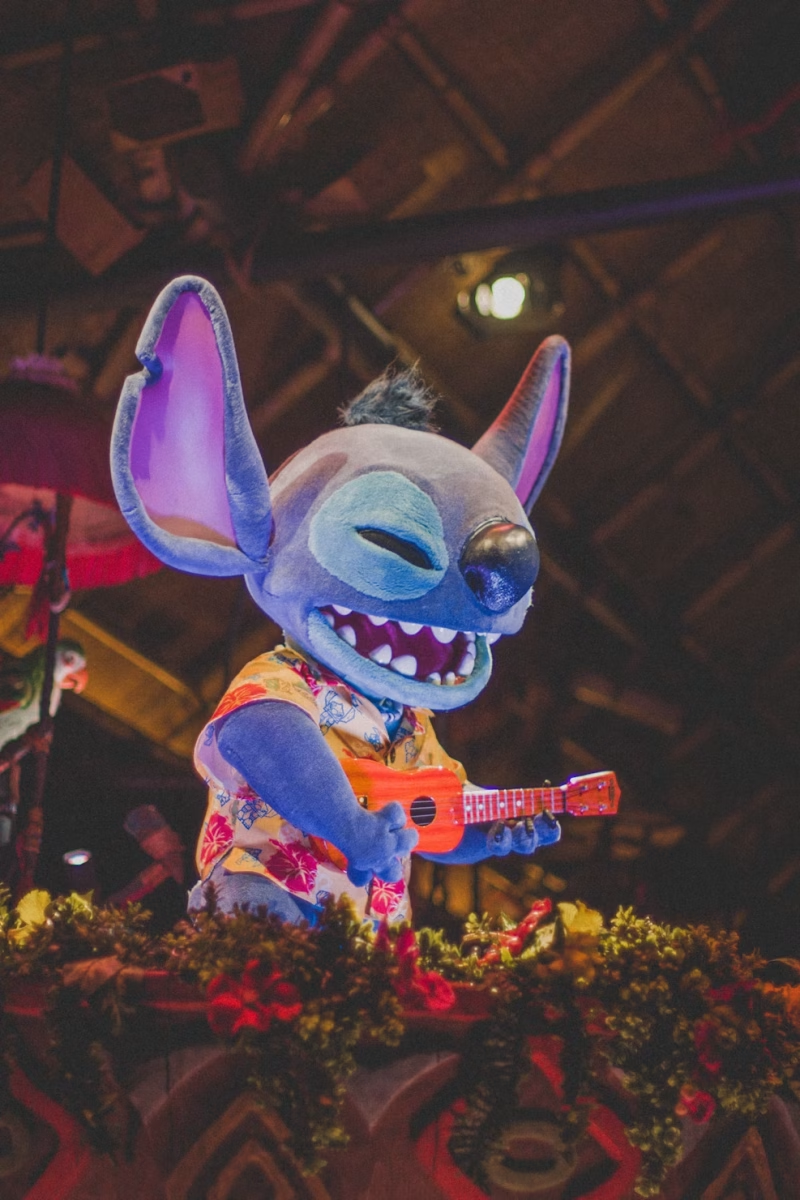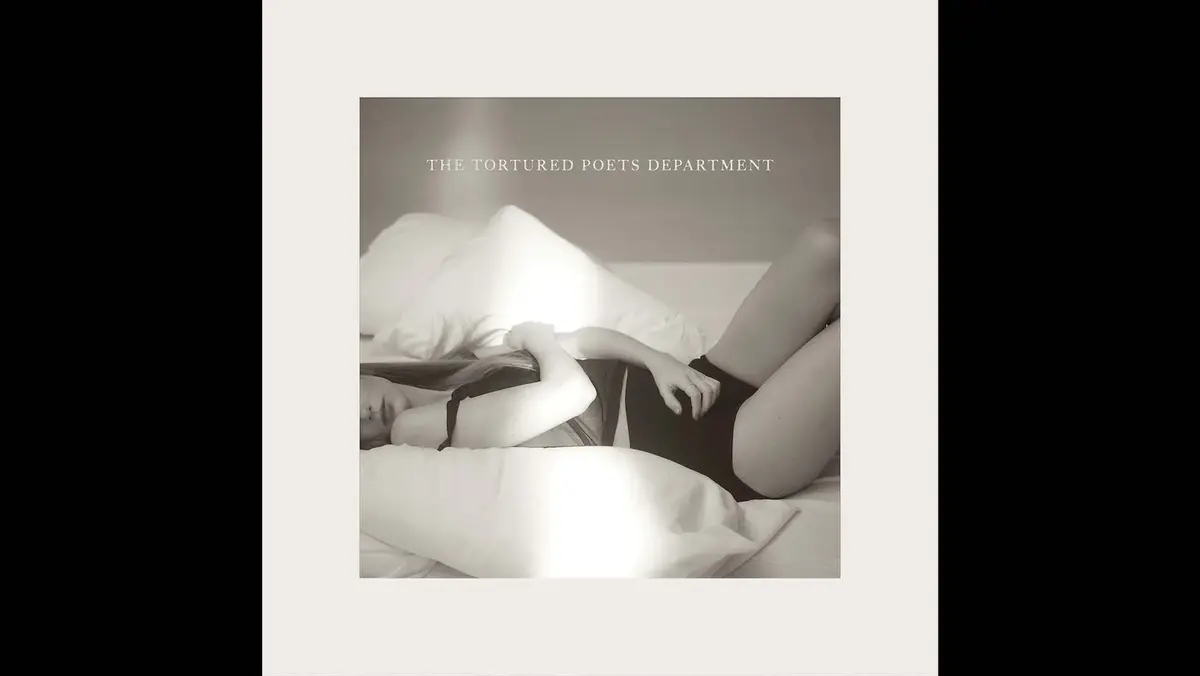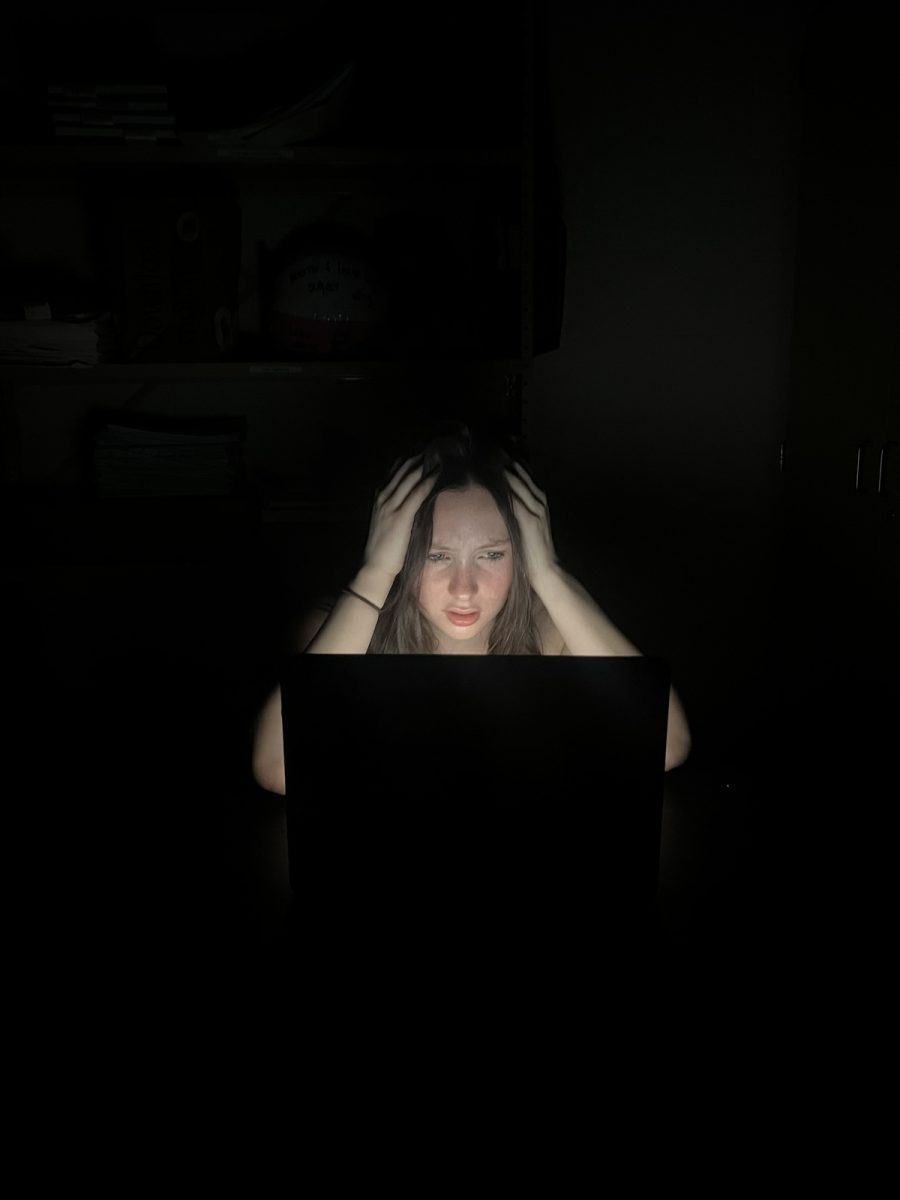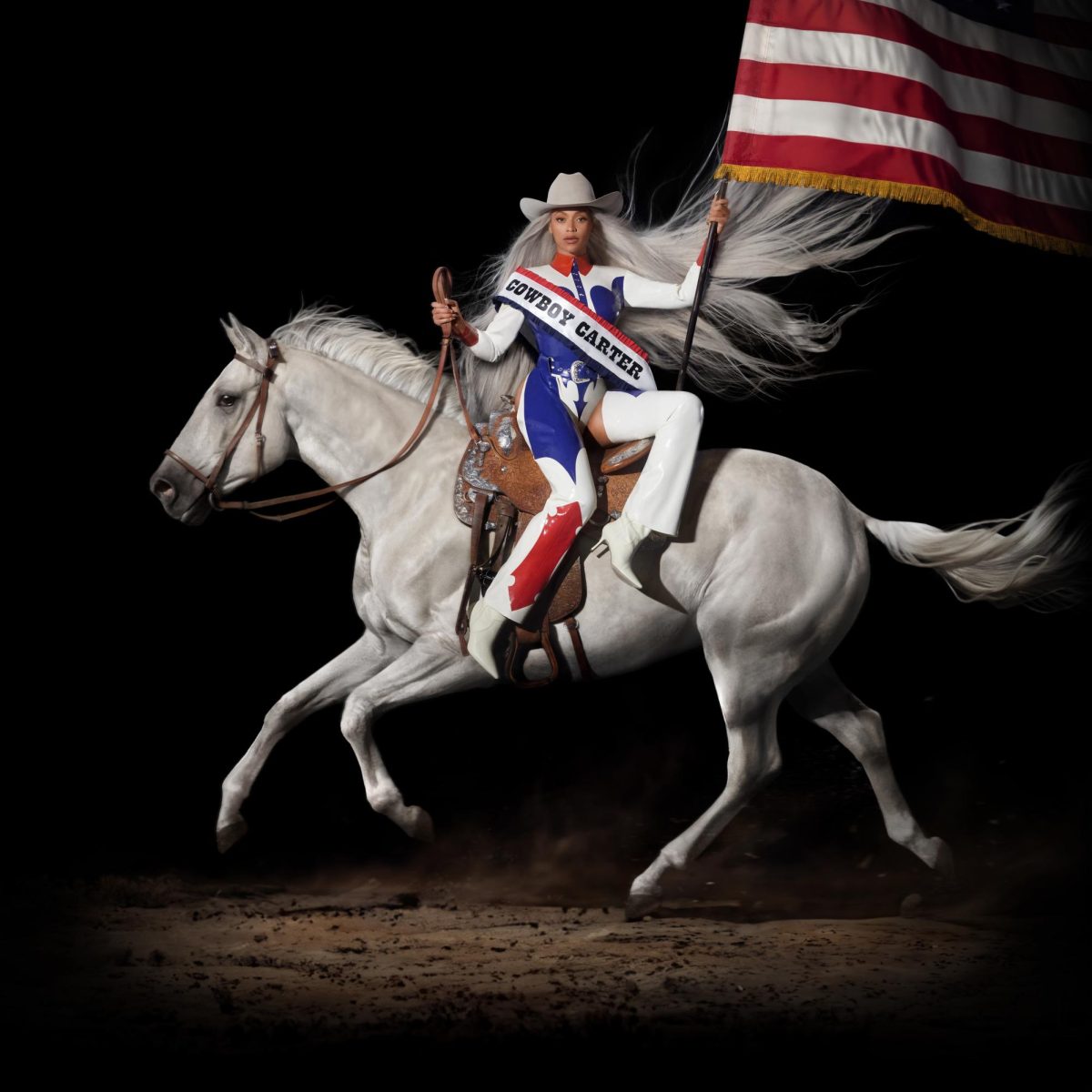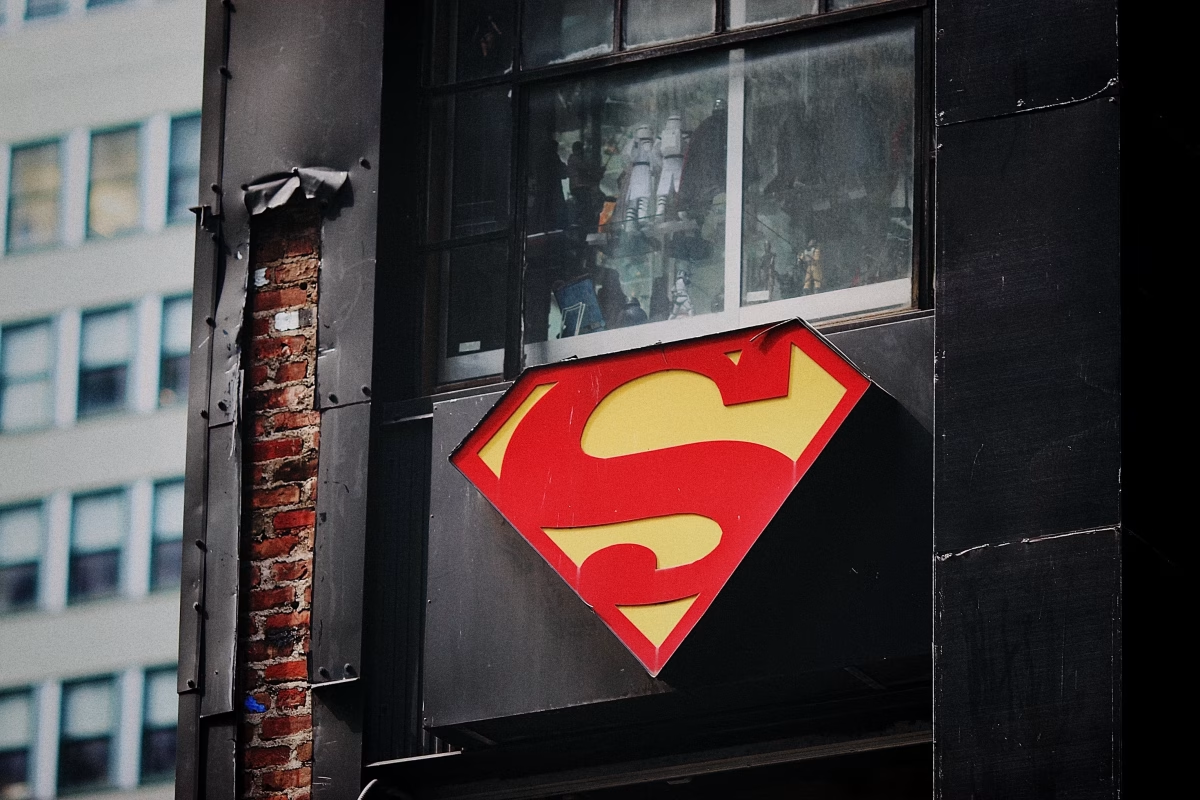Is there anything more fun than a ukulele-loving alien getting stranded on the sandy beaches of Hawaii? To me, the answer is not at all. For more than two decades, the cartoon, “Lilo and Stitch” has surfed its way into many viewers’ hearts. The beloved animation celebrated the rich culture of Hawaii in the most imaginative way possible. The Lilo and Stitch obsession never ended in America—in fact, it is stronger than ever. With the arrival of the live action adaptation of the beloved film, “Lilo and Stitch” cements its legacy in America even more. But how does it match up to the original?
Disney movies have been flopping in recent years. The company, previously renowned for its animated children’s movies, began producing a line of remade classical Disney films, all of which were set to be live-action. Since then, Disney remakes have had varied success rates. While the live action “Cinderella” which was released in 2015, it received wide praise from the audience and critics alike being deemed a “PG-rated treat rekindles the old Disney magic in a ballroom dance of two strangers becoming lovers” However, the remade “Snow White and the Seven Dwarfs” became one of the biggest flops in the live-action franchise. It is important to note that both the original “Cinderella” and “Snow White” were films that have long been outdated due to their old-fashioned values, but what happens when you try to update a movie that needs no improvement?
The live action Lilo and Stitch movie has numerous key differences from the original film. The original animation stars Daveigh Chase and Chris Sanders, who played the title characters, Lilo and Stitch. However, the updated live-action film stars newcomer Maia Kealoha, with Sanders reprising his role of Stitch. Both Sanders and Kealoha performed well. Sanders brings back the silliness and goofiness of his original performance, which made Stitch’s character beloved all around the world. However, Kealoha brings a fresh take on Lilo. While Chase and Kealoha’s Lilo both capture the quirkiness of Lilo’s character, Kealoha brings more emotion to her performance. Not only is Kealoha’s Lilo quirky and weird, but also profound and emotional. Kealoha’s performance is believable, too, which is a quality that many child stars tend to lack. The audience can feel how much Lilo misses her parents, how much she wants to fit in with the other girls, and of course, how much she loves Stitch.
On the contrary, though Sydney Agudong’s portrayal of Nani is not necessarily bad, it is still disappointing. While Nani has always been more of a tough-love character in the original film, you can still feel her love for Lilo throughout the movie. However, Agudong’s portrayal of Nani feels colder and standoffish. The new Nani wants to pursue college, and she loves her sister, but at the same time does not want to be responsible for the care of an eight-year-old girl, which is a stark contrast from the original Nani, who fought so hard to hold onto Lilo. Although Nani’s ambitions are valid and make sense, it still feels as if Disney strayed a bit too far from the original film, which had Nani’s deep desire to raise Lilo as a significant plot point.
Additionally, Disney’s switch to live actors does not feel as effortless and seamless as it has in previous live-action films. For example, Jumba and Pleakley, two alien recruits sent to wrangle the ferocious Stitch, are portrayed by Zach Galifianakis and Billy Magnussen. Although both Galifianakis and Magnussen deliver an excellent performance, the storyline feels watered down with the inclusion of live actors to play Jumba and Pleakley. The original animation details Jumba and Pleakley’s comedic efforts to fit into human society — a useless task due to the fact that a bumbling, blue alien and a snakelike, green being look nothing like any human. In a movie laden with discussions of foster care, death, and loss, both characters provide a much-needed chuckle. However, this connection is hard to make in the live – action film. Both Galifianakis and Magnussen do not particularly portray Jumba and Pleakley’s efforts to look like humans, because both aliens are played by, well, humans. The CGI in the film is top-tier, so to me it feels like Disney should have kept both aliens in cartoon form.
These are not the only things that changed in the movie. Alongside the original characters, Disney introduced a couple of new ones into the live-action “Lilo and Stitch”. Amy Hill plays Lilo and Nani’s loving neighbor, Tutu. Tutu is a witty character who serves as a guardian of sorts for Lilo, which is a shift from the original film in which Nani reprised that role. Similarly, Ms. Kekoa, the strict Child Protective Services agent who sneakily oversees Lilo and Nani’s home life, takes on a role similar to that of Agent Cobra Bubbles in the original film. The characters are not bad; they just had me thinking, “Why are they here?”
In conclusion, although the live-action “Lilo and Stitch” film is not bad, it still feels unnecessary. The animated film “Lilo and Stitch” was one of the most popular Disney movies ever produced, with its themes of love, belonging, and ohana. These themes are not nonexistent in the live-action film; they feel a bit lost.


